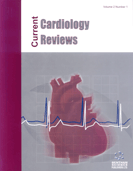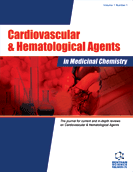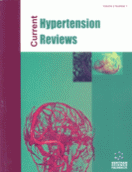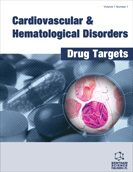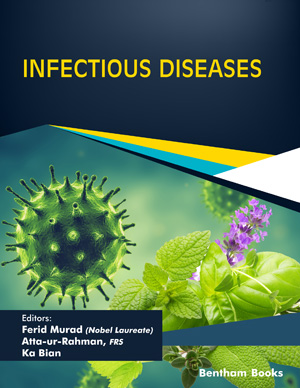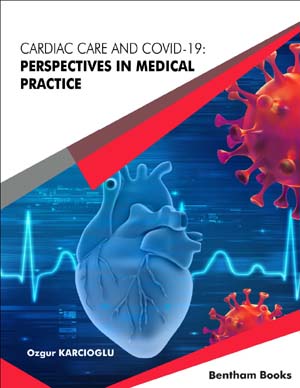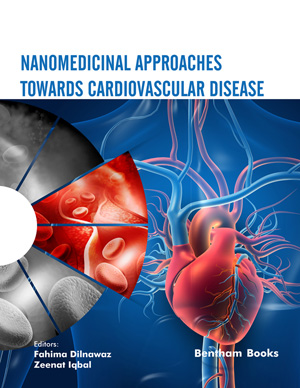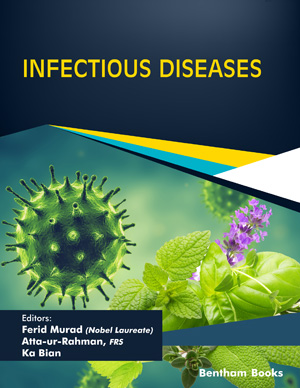Abstract
Background: Calcific aortic valve disease is common in an aging population. It is an active atheroinflammatory process that has an initial pathophysiology and similar risk factors as atherosclerosis. However, the ultimate disease phenotypes are markedly different. While coronary heart disease results in rupture-prone plaques, calcific aortic valve disease leads to heavily calcified and ossified valves. Both are initiated by the retention of low-density lipoprotein particles in the subendothelial matrix leading to sterile inflammation. In calcific aortic valve disease, the process towards calcification and ossification is preceded by valvular thickening, which can cause the first clinical symptoms. This is attributable to the accumulation of lipids, inflammatory cells and subsequently disturbances in the valvular extracellular matrix. Fibrosis is also increased but the innermost extracellular matrix layer is simultaneously loosened. Ultimately, the pathological changes in the valve cause massive calcification and bone formation - the main reasons for the loss of valvular function and the subsequent myocardial pathology.
Conclusion: Calcification may be irreversible, and no drug treatments have been found to be effective, thus it is imperative to emphasize lifestyle prevention of the disease. Here we review the mechanisms underpinning the early stages of the disease.
Keywords: Aortic valve, aortic stenosis, calcification, atherosclerosis, inflammation, disease.
Graphical Abstract
Current Cardiology Reviews
Title:Cellular Mechanisms of Valvular Thickening in Early and Intermediate Calcific Aortic Valve Disease
Volume: 14 Issue: 4
Author(s): Pauli Ohukainen, Heikki Ruskoaho and Jaana Rysa*
Affiliation:
- School of Pharmacy, Faculty of Health Sciences, University of Eastern Finland, 70211 Kuopio,Finland
Keywords: Aortic valve, aortic stenosis, calcification, atherosclerosis, inflammation, disease.
Abstract: Background: Calcific aortic valve disease is common in an aging population. It is an active atheroinflammatory process that has an initial pathophysiology and similar risk factors as atherosclerosis. However, the ultimate disease phenotypes are markedly different. While coronary heart disease results in rupture-prone plaques, calcific aortic valve disease leads to heavily calcified and ossified valves. Both are initiated by the retention of low-density lipoprotein particles in the subendothelial matrix leading to sterile inflammation. In calcific aortic valve disease, the process towards calcification and ossification is preceded by valvular thickening, which can cause the first clinical symptoms. This is attributable to the accumulation of lipids, inflammatory cells and subsequently disturbances in the valvular extracellular matrix. Fibrosis is also increased but the innermost extracellular matrix layer is simultaneously loosened. Ultimately, the pathological changes in the valve cause massive calcification and bone formation - the main reasons for the loss of valvular function and the subsequent myocardial pathology.
Conclusion: Calcification may be irreversible, and no drug treatments have been found to be effective, thus it is imperative to emphasize lifestyle prevention of the disease. Here we review the mechanisms underpinning the early stages of the disease.
Export Options
About this article
Cite this article as:
Ohukainen Pauli , Ruskoaho Heikki and Rysa Jaana *, Cellular Mechanisms of Valvular Thickening in Early and Intermediate Calcific Aortic Valve Disease, Current Cardiology Reviews 2018; 14 (4) . https://dx.doi.org/10.2174/1573403X14666180820151325
| DOI https://dx.doi.org/10.2174/1573403X14666180820151325 |
Print ISSN 1573-403X |
| Publisher Name Bentham Science Publisher |
Online ISSN 1875-6557 |
 34
34 6
6
- Author Guidelines
- Bentham Author Support Services (BASS)
- Graphical Abstracts
- Fabricating and Stating False Information
- Research Misconduct
- Post Publication Discussions and Corrections
- Publishing Ethics and Rectitude
- Increase Visibility of Your Article
- Archiving Policies
- Peer Review Workflow
- Order Your Article Before Print
- Promote Your Article
- Manuscript Transfer Facility
- Editorial Policies
- Allegations from Whistleblowers
- Announcements
Related Articles
-
New Patentable Use of an Old Neuroleptic Compound Thioridazine to Combat Tuberculosis: A Gene Regulation Perspective
Recent Patents on Anti-Infective Drug Discovery Role of Islet-, Gut-, and Adipocyte-Derived Hormones in the Central Control of Food Intake and Body Weight: Implications for an Integrated Neurohormonal Approach to Obesity Pharmacotherapy
Current Diabetes Reviews Blockade of Renin Angiotensin System in Heart Failure Post-Myocardial Infarction: What is the Best Therapy?
Recent Patents on Cardiovascular Drug Discovery Microparticles: A Pivotal Nexus in Vascular Homeostasis and Disease
Current Clinical Pharmacology Apoptosis in COPD
Current Respiratory Medicine Reviews Myocardial Energetics in Left Ventricular Hypertrophy
Current Cardiology Reviews Endoplasmic Reticulum Stress as a Novel Therapeutic Target in Heart Diseases
Cardiovascular & Hematological Disorders-Drug Targets Obesity in the Cardiovascular Continuum
Current Clinical Pharmacology Analysis of the Selected Biochemical Blood Parameters in Patients After Total Hip Replacement
Current Rheumatology Reviews Biomarkers Determining Cardiovascular Risk in Patients with Kidney Disease
Current Medicinal Chemistry New Vectors and Strategies for Cardiovascular Gene Therapy
Current Gene Therapy Late Sodium Current Inhibition: The Most Promising Antiarrhythmic Principle in the Near Future?
Current Medicinal Chemistry New Therapeutic Applications of Phosphodiesterase 5 Inhibitors (PDE5-Is)
Current Medicinal Chemistry The State of the Problem of Achieving Extremely Low LDL Levels
Current Pharmaceutical Design Adiponectin - A Novel Anti-Atherogenic Factor in the Metabolic Syndrome: Mechanisms of Action and Therapeutic Potential
Vascular Disease Prevention (Discontinued) The Kynurenine Pathway in the Acute and Chronic Phases of Cerebral Ischemia
Current Pharmaceutical Design Structural Neuroimaging Findings in Major Depressive Disorder Throughout Aging: A Critical Systematic Review of Prospective Studies
CNS & Neurological Disorders - Drug Targets Inhibitory Effects of Some Bryophytes on Glutathione-S -Transferase
Current Enzyme Inhibition Cardiac Repair: The Intricate Crosstalk between the Epicardium and the Myocardium
Current Stem Cell Research & Therapy Vitamin D, Sunlight and Cancer Connection
Anti-Cancer Agents in Medicinal Chemistry


